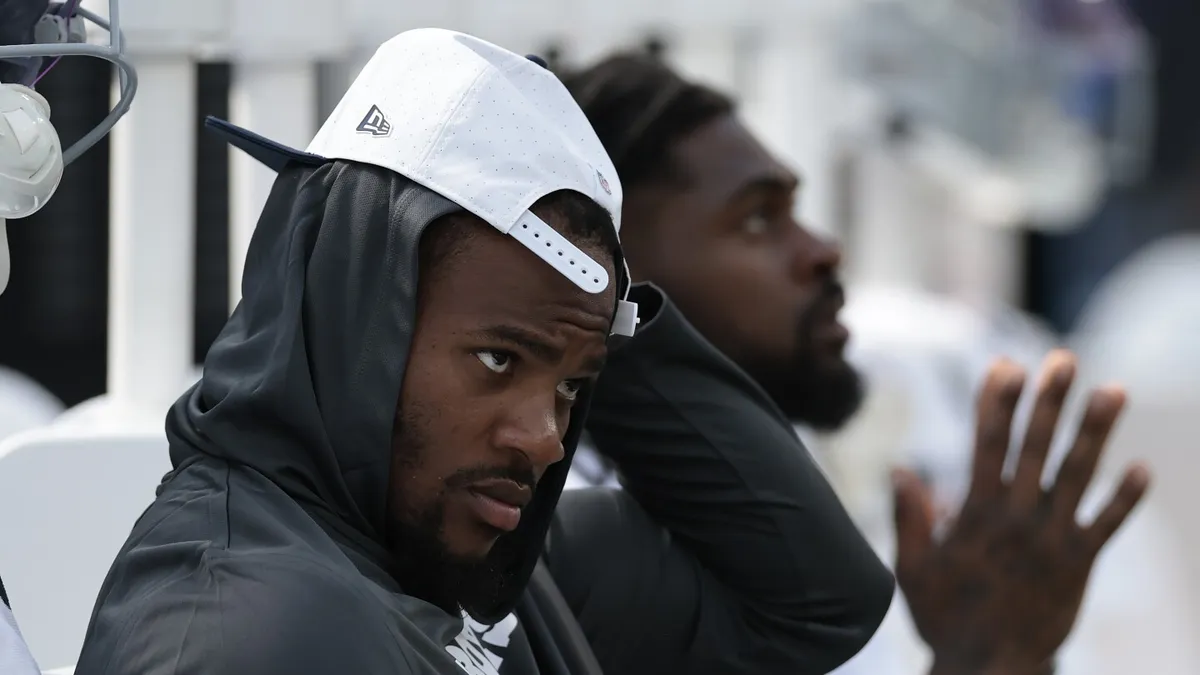
Since Micah Parsons formally requested a trade on August 1, 2023, there has been a notable silence surrounding the situation. The star edge rusher for the Dallas Cowboys has not participated in any practices, and there have been no discussions between Parsons and the Cowboys organization. Amidst this uncertainty, owner Jerry Jones continues to make headlines with his comments regarding the ongoing contract stalemate.
In response to the lingering tensions, Parsons has taken significant steps to distance himself from the Cowboys on social media. He has removed all mentions of the team from his profiles. Currently, his X account features a picture of him at the podium following the Cotton Bowl during his time at Penn State. Moreover, his personal information now states “Penn State 2021. TBD,” indicating his uncertain future. Additionally, Parsons shared a peace sign emoji along with a Bible verse, Micah 7:8, which highlights resilience, stating, “Even if I fall, I will rise; the Lord is my light.”
On a recent episode of Michael Irvin’s podcast, Jerry Jones made some controversial remarks about his relationship with Parsons. He claimed that he and Parsons had a "handshake deal," but expressed frustration, stating, “the agent told us to stick it up our ass.” These comments have raised eyebrows and further fueled speculation about Parsons’ future with the team. Jones also suggested that Parsons could sit out the season if he chooses, emphasizing that both sides have “three years to work this out.”
Currently, Micah Parsons is under contract for $24 million under the fifth-year option for 2025. The Cowboys also hold the option to use the franchise tag for the upcoming seasons of 2026 and 2027. This situation raises questions about the long-term future of the young star and whether the Cowboys will be able to resolve the issues at hand before the season progresses further.
As the situation unfolds, fans and analysts alike are left wondering what the future holds for Micah Parsons and the Dallas Cowboys. Will the two sides find common ground, or are we witnessing the beginning of a significant shift in the relationship between the player and the organization?